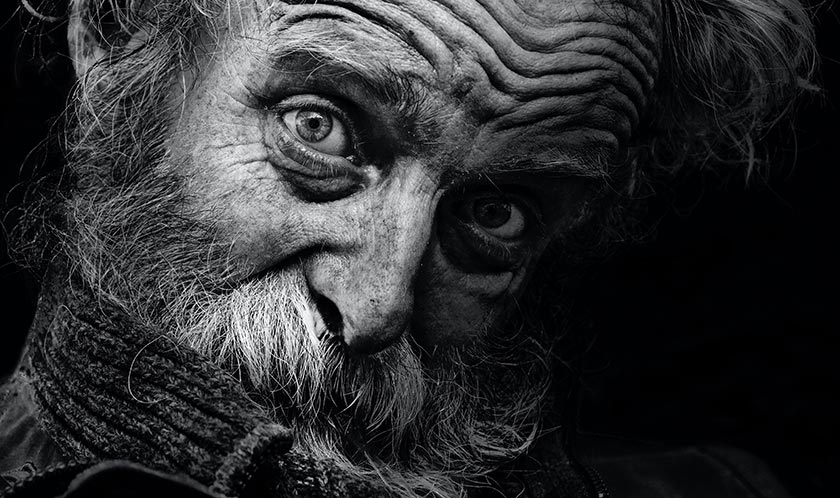Pulse of Information
Your source for the latest insights and updates.
Capture the Unexpected: Portraits That Tell a Story
Discover the hidden tales in every face—explore stunning portraits that reveal unexpected stories waiting to be told!
The Art of Storytelling Through Portrait Photography
The art of storytelling through portrait photography transcends mere technique; it captures the essence of a person’s life, emotions, and experiences. Each portrait has the potential to convey a unique narrative, reflecting the subject's personality and mood. When a photographer engages with their subject and takes the time to understand their story, they can create images that resonate on a deeper emotional level. This connection is crucial, as it not only enriches the viewer's experience but also elevates the overall impact of the photograph.
A successful portrait often employs various elements to enhance the narrative, including lighting, composition, and background. For instance, using natural light can evoke a sense of warmth and authenticity, while a carefully chosen backdrop can add context to the subject's story. Moreover, posing plays a significant role in this artistic endeavor; the way a subject stands or sits can reveal their confidence, vulnerability, or introspection. By masterfully combining these elements, photographers can weave a compelling tale through their images, inviting viewers to interpret and connect with the subject on a personal level.

5 Techniques to Capture Candid Moments in Portraits
Capturing candid moments in portraits is an art that requires both patience and expertise. One effective technique is to engage with your subjects before you start shooting. This helps create a relaxed atmosphere, allowing your subjects to feel comfortable and natural in front of the camera. To achieve this, you can use humor or encourage conversation, which will result in spontaneous expressions and genuine emotions that make your portraits stand out.
Another technique is to utilize natural lighting to enhance the authenticity of your portraits. Soft, diffused light can create a beautiful and warm ambiance that complements the candid nature of the moment. Take advantage of the golden hour—just after sunrise or before sunset—when the light is most flattering. Additionally, be prepared to capture moments quickly; having your camera ready and being observant will ensure you don’t miss those fleeting expressions.
How to Use Lighting to Enhance the Emotion in Portraits
Lighting is a crucial element in photography, especially when it comes to portraiture. The way you manipulate light can dramatically alter the mood and emotion conveyed in a portrait. For instance, using soft, diffused lighting can evoke feelings of warmth and tenderness, making it ideal for family portraits or romantic images. Conversely, harsh shadows and strong, directional light can create a sense of drama and intensity, perfect for capturing the essence of a more serious subject. Experimenting with the angle and strength of light can be the key to unlocking the emotional depth of your portraits.
Another important consideration is the use of color in lighting. Different colors can evoke varied emotional responses; for example, warm tones like oranges and yellows can instill feelings of happiness or comfort, while cooler tones such as blues and greens might impart a sense of calmness or melancholy. Utilizing gels or color filters can help you achieve these effects, enhancing the overall emotional tone of your portrait. Remember to also pay attention to the background lighting, as it can either support or detract from the primary subject. By understanding and mastering the use of lighting, you can significantly enhance the emotional impact of your portrait photography.